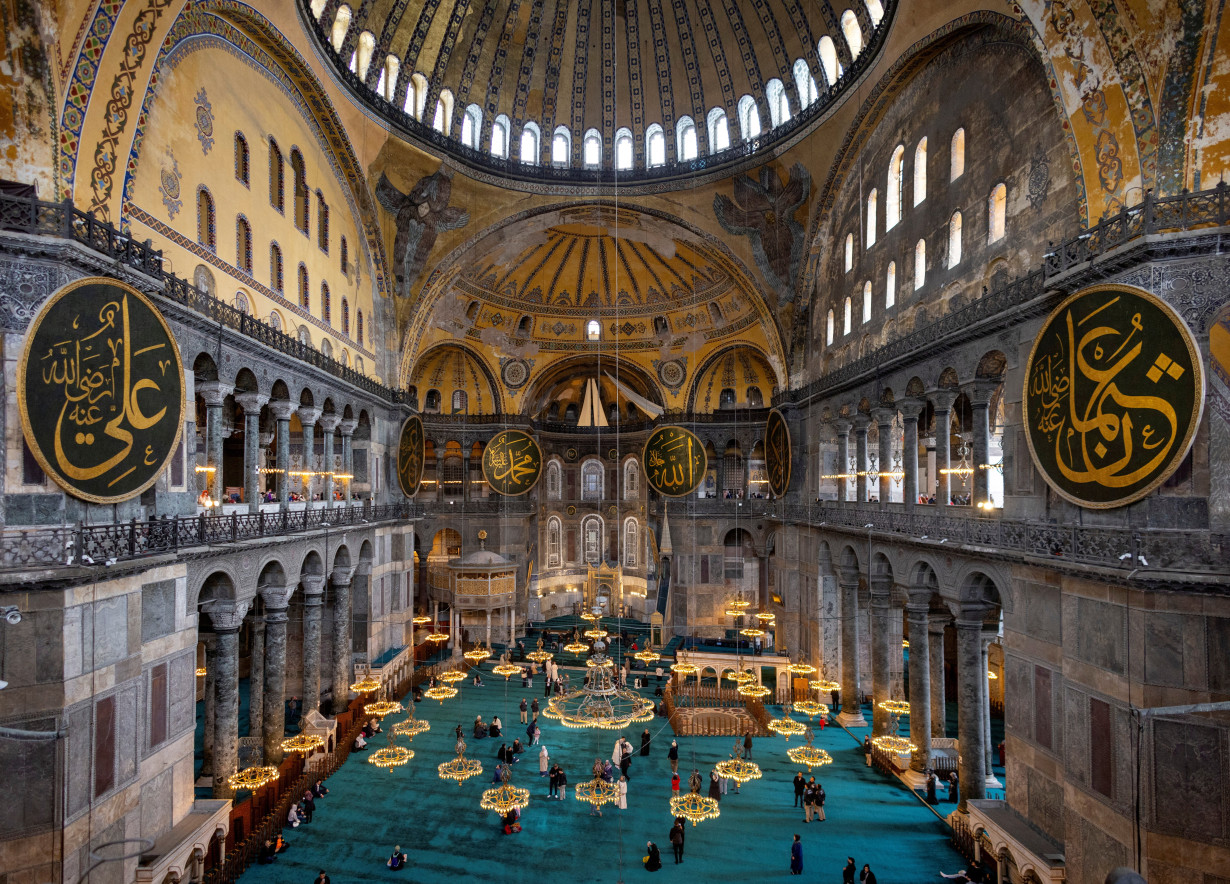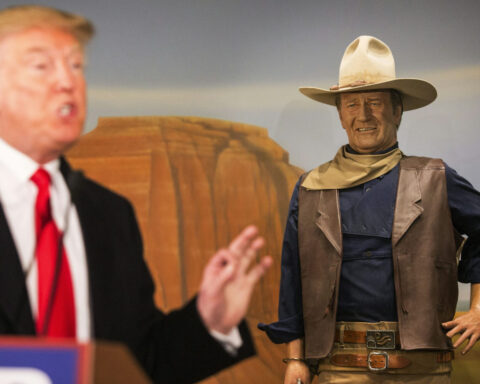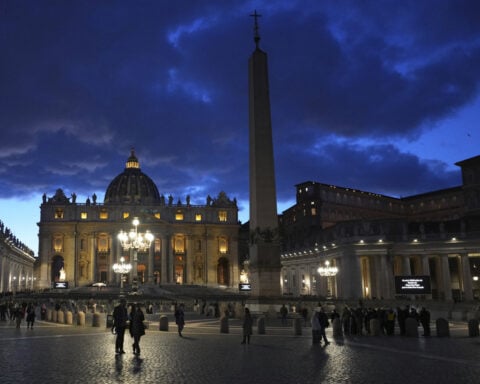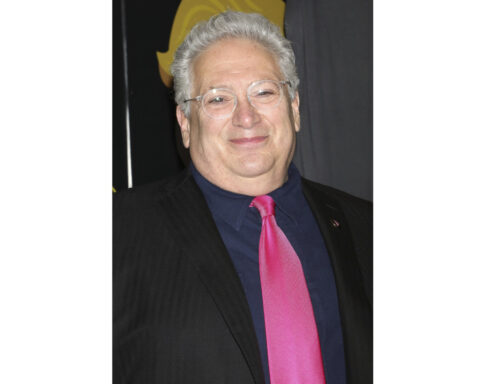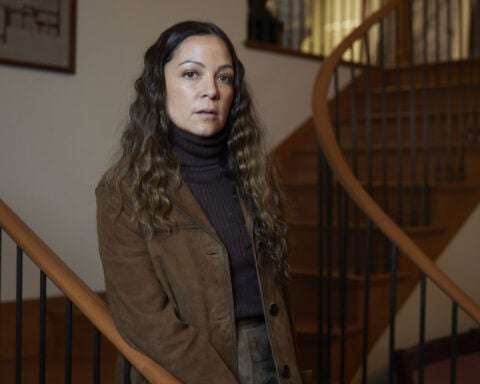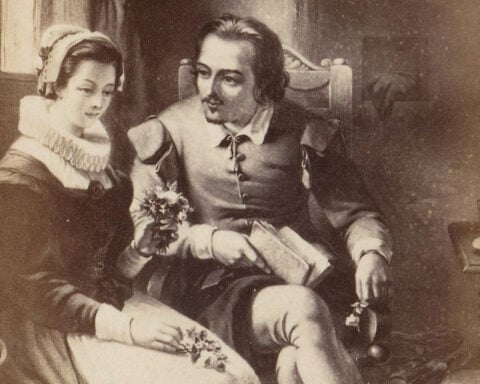ISTANBUL (Reuters) - Turkey is set to begin restoration and reinforcement work on the dome of the Hagia Sophia, in one of the biggest repair projects carried out on the 1,486-year-old structure, experts said on Monday.
Hagia Sophia was the largest cathedral in the world for 900 years until its capture by Ottoman Sultan Mehmet the Conqueror in 1453, after which it was one of Islam's most exalted mosques for nearly 500 years.
The building was converted to a museum by Turkey's secular republic more than 70 years ago but turned back into a mosque by President Tayyip Erdogan in 2020.
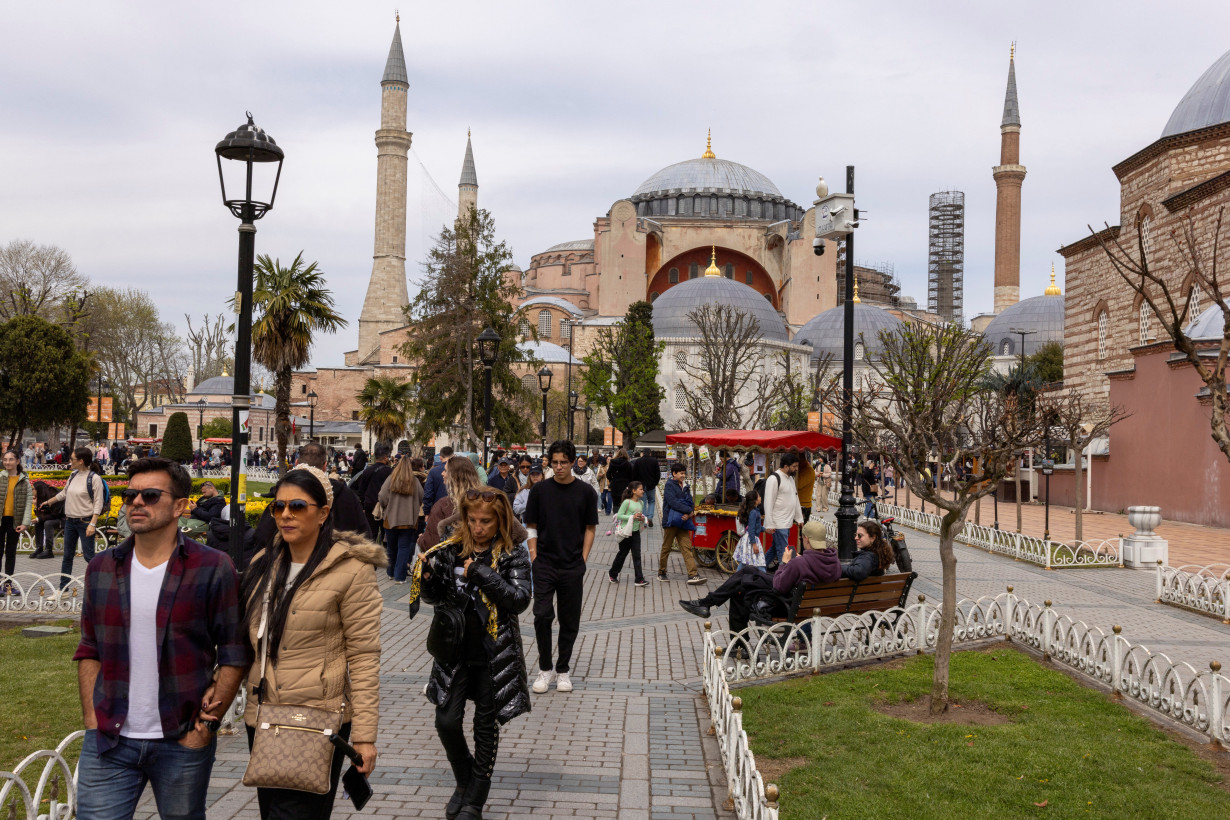
The process will be difficult and will "open an important page in the book of Hagia Sophia," said Asnu Bilban Yalcin, a Byzantine art historian, adding that restoration of other parts of the structure has been under way for 10 years.
"It is truly a structure full of surprises because sometimes things develop in a way we do not expect. That is, you design and plan it, but when you open it, things may develop differently," she told Reuters outside the Hagia Sophia.
The dome will first be covered to protect it during the repair process, said Ahmet Gulec, a cultural property conservation and repair expert, adding that the existing lead cover will then be removed for the restoration and reinforcement project to continue.
The reinforcement project will focus on weak structural points determined during simulations of a large earthquake, in a country criss-crossed by fault lines.
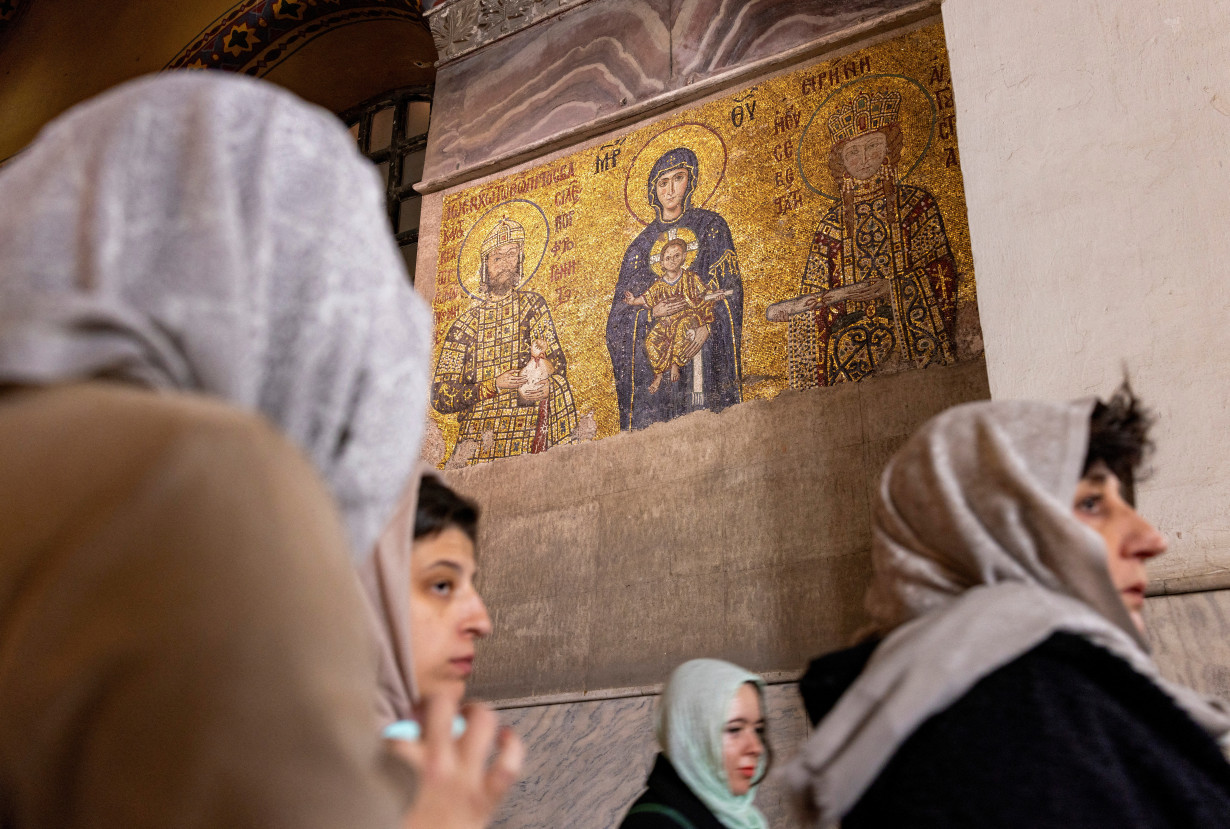
The real structural problems will become more apparent when the lead cover is lifted, said Hasan Firat Diker, a professor of architecture at the Fatih Sultan Mehmet Vakif University.
The Hagia Sophia is expected remain open to worshippers and visitors during the restoration process, which makes the repair process more difficult, said Gulec, the cultural property conservation and repair expert.
The experts did not specify a date for the completion of the restoration of the dome, given potential setbacks due to weather conditions and unforeseen additional works.
(Reporting by Ali Kucukgocmen; editing by Giles Elgood)

 Trump has begun another trade war. Here's a timeline of how we got here
Trump has begun another trade war. Here's a timeline of how we got here
 Canada's leader laments lost friendship with US in town that sheltered stranded Americans after 9/11
Canada's leader laments lost friendship with US in town that sheltered stranded Americans after 9/11
 Chinese EV giant BYD's fourth-quarter profit leaps 73%
Chinese EV giant BYD's fourth-quarter profit leaps 73%
 You're an American in another land? Prepare to talk about the why and how of Trump 2.0
You're an American in another land? Prepare to talk about the why and how of Trump 2.0
 Chalk talk: Star power, top teams and No. 5 seeds headline the women's March Madness Sweet 16
Chalk talk: Star power, top teams and No. 5 seeds headline the women's March Madness Sweet 16
 Purdue returns to Sweet 16 with 76-62 win over McNeese in March Madness
Purdue returns to Sweet 16 with 76-62 win over McNeese in March Madness
